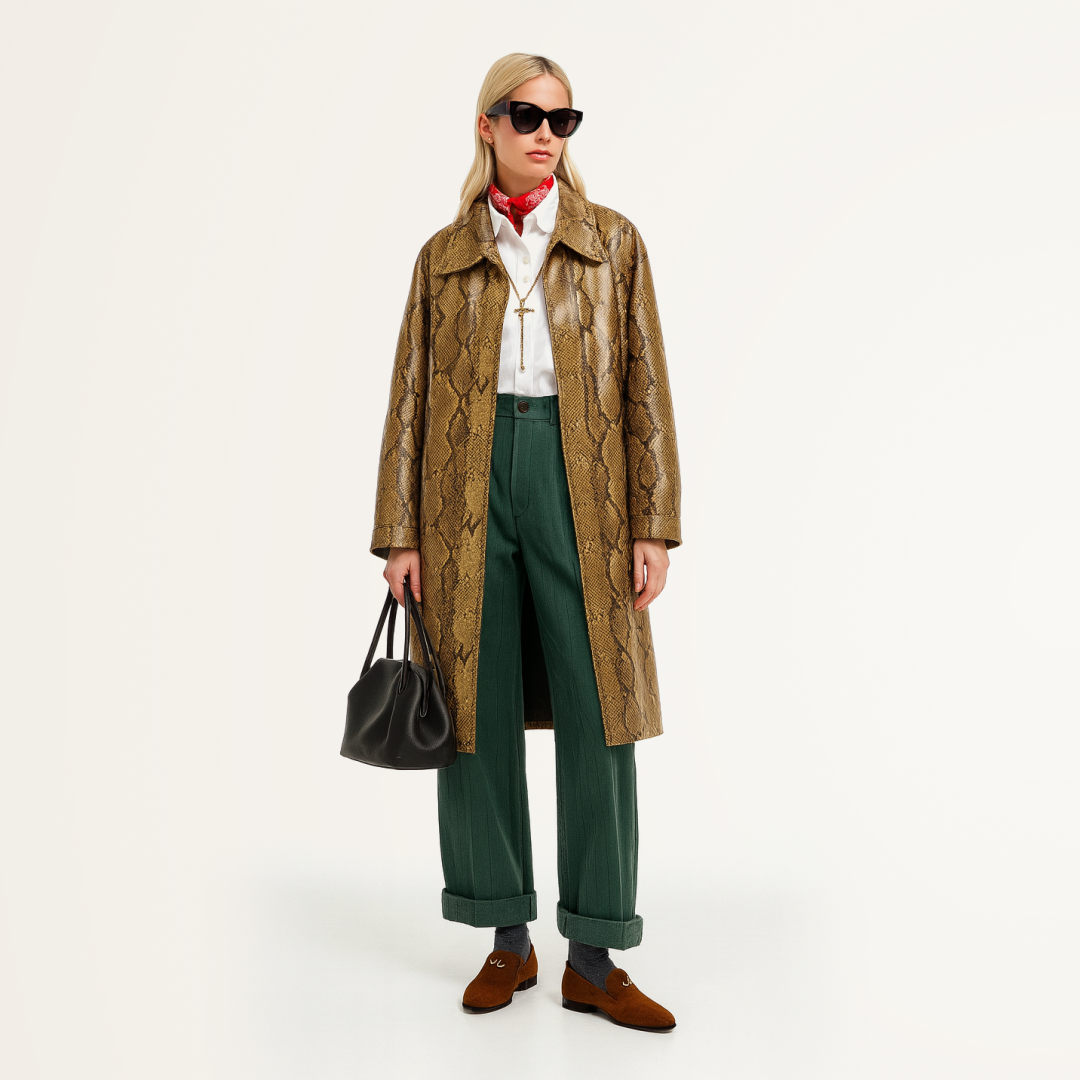Eclectic
Eclecticism is a style that breaks all the rules, turning seemingly unrelated elements into something harmonious and unique. The philosophy behind eclecticism is rooted in the ability to combine what may appear incompatible, creating a look that reflects individuality and the complexity of personality. This style symbolizes freedom of choice, creativity, and the courage to express oneself without conforming to norms. Eclecticism highlights the idea that in fashion, there are no strict rules—what matters most is boldness and the ability to find balance amid diversity.
History
Historically, eclecticism emerged as a response to the strict rules of specific fashion movements. In the 19th century, as clearly defined stylistic trends began to take shape, architects and artists started to experiment by blending elements from different eras and cultures. This desire to merge diverse influences transitioned into the world of fashion in the 1970s, when the boundaries between styles began to blur due to social changes. Eclecticism became a symbol of freedom of expression, and by the 1990s, it had firmly established itself as a distinct fashion direction, popular among those seeking originality.
Signature elements of the style
Color palette
Eclecticism embraces a wide range of shades — from saturated and bright to pastel, muted, and deep dark tones. A hallmark of the style is the use of contrasting colors that highlight the layered nature of the look. Monochromatic combinations are also found, particularly in more subdued eclectic outfits.
Prints
Geometry, ethnic patterns, floral motifs, and abstract designs — all coexist harmoniously within eclecticism. Prints are often layered to create visually engaging effects without overwhelming the overall ensemble. For instance, stripes can be paired with florals, or polka dots with abstract designs, provided there is balance in color and proportion.
Textures
There are no limitations. Eclecticism often plays with contrast — mixing soft and rough materials to add interest and dimension to the outfit.
Cuts & silhouette
Loose-fitting garments are combined with more tailored pieces, while asymmetry meets classic lines. Eclectic style allows for a mix of silhouettes, from vintage to ultra-modern.
Wardrobe essentials
- In eclectic style, the focus is not on specific garments themselves, but on how they are styled. Eclecticism is built on the skillful combination of diverse elements, where pieces from different styles are brought together into a cohesive look. It's a style where the magic lies not in the individual items, but in the ability to mix them in a unique way.\n\nEvery detail — from a bold skirt to a statement piece of jewelry or an unusual accessory — gains meaning only within the context of the whole. This is where vintage meets modern, minimalism contrasts with opulence, and sportswear merges with classic tailoring. The success of the look depends on a refined sense of style and the ability to find balance.\nEclecticism invites the mixing of eras, cultures, and trends, allowing personal expression through a play of contrasts, silhouettes, and textures.
Substyles
Email: support@belt-app.com


















